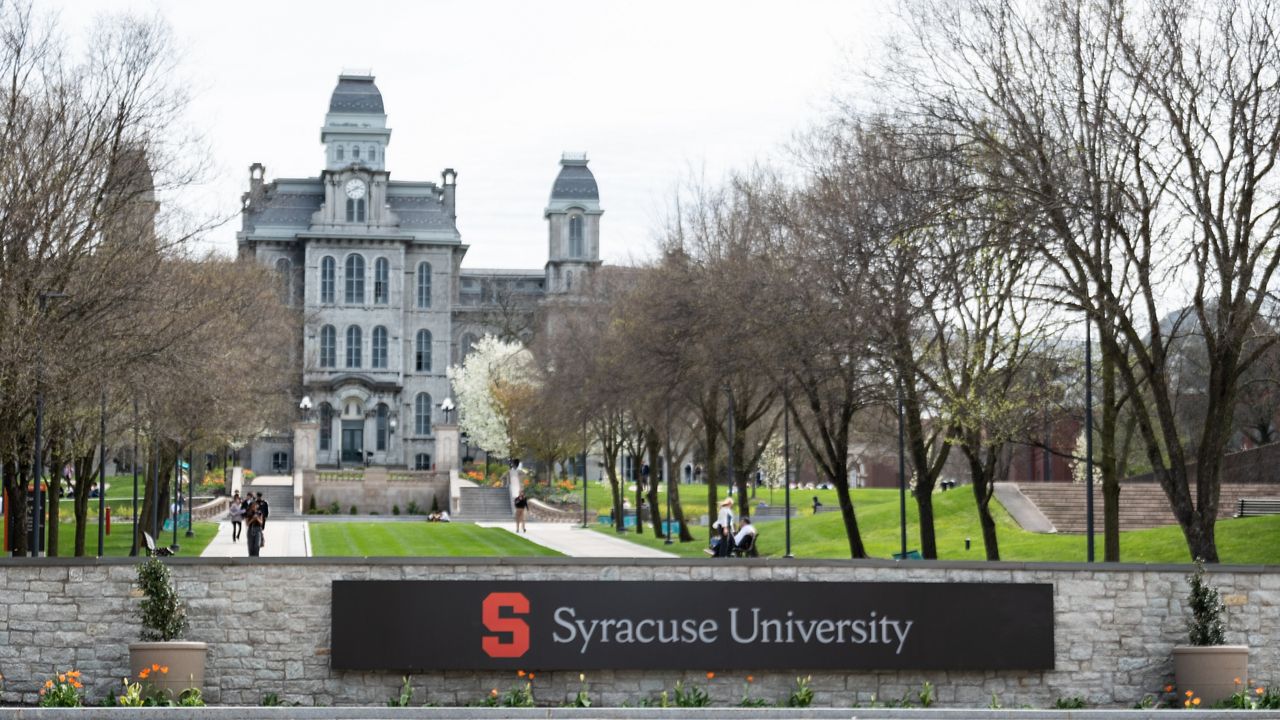U.S. Senate Majority Leader Chuck Schumer was in Syracuse on Monday to take part in the unveiling of a partnership that will bring together colleges, universities, and community partners to invest in workforce development in the semiconductor industry.
The National Science Foundation, along with Micron, who last October announced they would be investing $100 billion to build a massive semiconductor plant in the town of Clay, just north of Syracuse, said there is a need to train workers to fill jobs like the 9,000 positions the plant is expected to bring.
For the more than 20 university and colleges that are part of the plan — including the entire SUNY and CUNY systems, and Syracuse, Cornell, Clarkson, and New York Universities, RPI, RIT, Bernard College, as well as others like Harvard University and the Massachusetts Institute of Technology — it's an opportunity to take part in rebuilding the manufacturing sector here in New York state.
What You Need To Know
- U.S. Senate Majority Leader Chuck Schumer, Micron and the National Science Foundation announced the “Northeast University Semiconductor Network”
- The National Science Foundation, along with Micron, said there is a need to train workers to fill jobs like the 9,000 positions the plant is expected to bring.
- The Northeast University Semiconductor Network, a partnership between Schumer, Micron, and the National Science Foundation, is being called a first of its kind partnership to educate and train future semiconductor industry workers
The Northeast University Semiconductor Network, a partnership between Schumer, Micron, and the National Science Foundation, is being called a first-of-its-kind partnership to educate and train future semiconductor industry workers.
More than 20 universities are a part of the partnership, which itself is part of a joint $10 million investment in workforce development between Micron and the NSF.
David Munson, president of Rochester Institute of Technology, said the move will have a direct impact on his school’s ability to prepare students to enter the industry.
“At RIT, we actually have a degree program in micro electronics engineering, one of the very few universities in the nation that has such a thing,” he said. “I think what happens is once you create momentum and get more funding in the field is it allows us to operate a new clean room and get new educational materials.”
Marc Christensen, president of Clarkson University, where industry related programs include planarization and water treatment, said Micron bringing semiconductor manufacturing back to the Northeast and the U.S. means educators need to reinvest in programs that have been neglected for years.
“Now we can come back together with partners with focuses in different areas and put all the pieces of the puzzle together to support Micron and the ecosystem that they’re going to build here, creating tremendous amount of jobs and having this huge economic impact,” he said.
Schumer emphasized that impact starts with education, and bringing together the minds that power the universities, community colleges, and other local partners that will educate the next generation of workers here in the New York state and across the Northeast.
“A group of all ages all backgrounds across New York state, but it’s going to bring manufacturing back to upstate New York and to America,” he said.
In addition to investments from Micron, Schumer says money from the CHIPS and Science Act. is also expected to go toward the partnership. NSF director Dr. Sethuraman Panchanathan is in charge of where those funds are invested, and he was on hand to meet with leaders.









